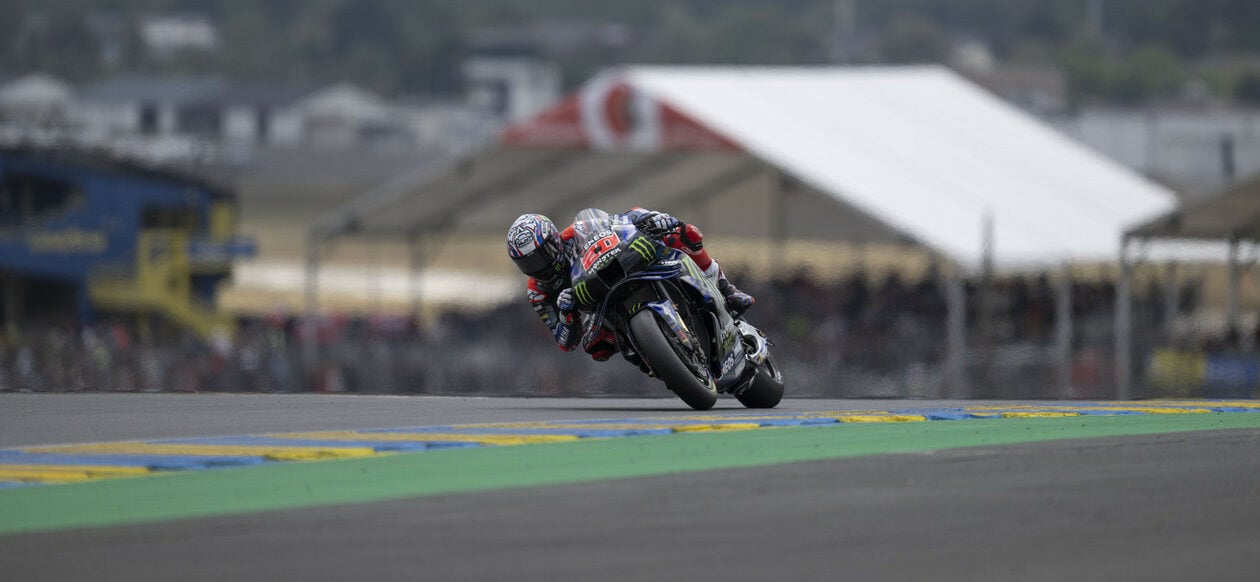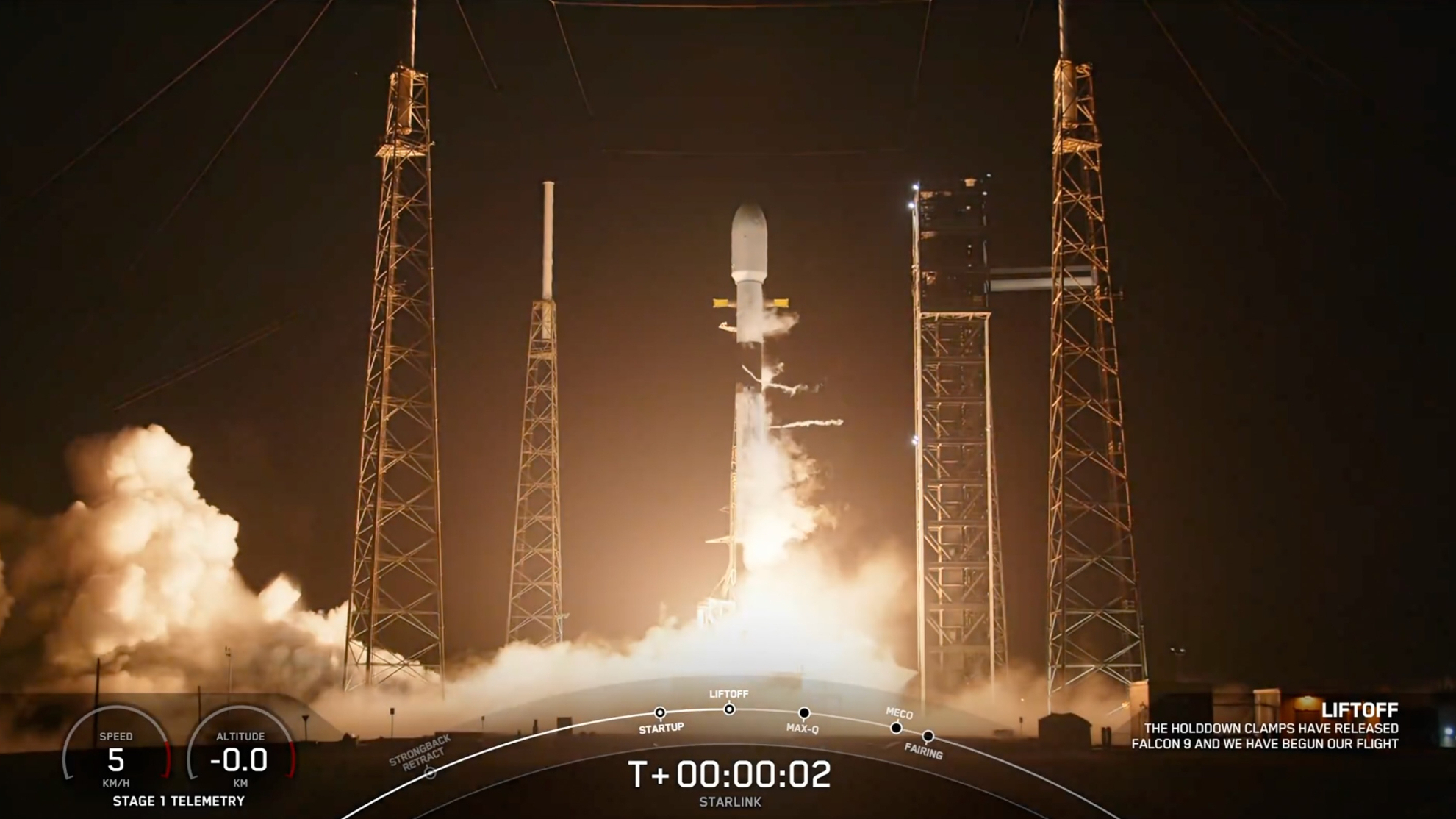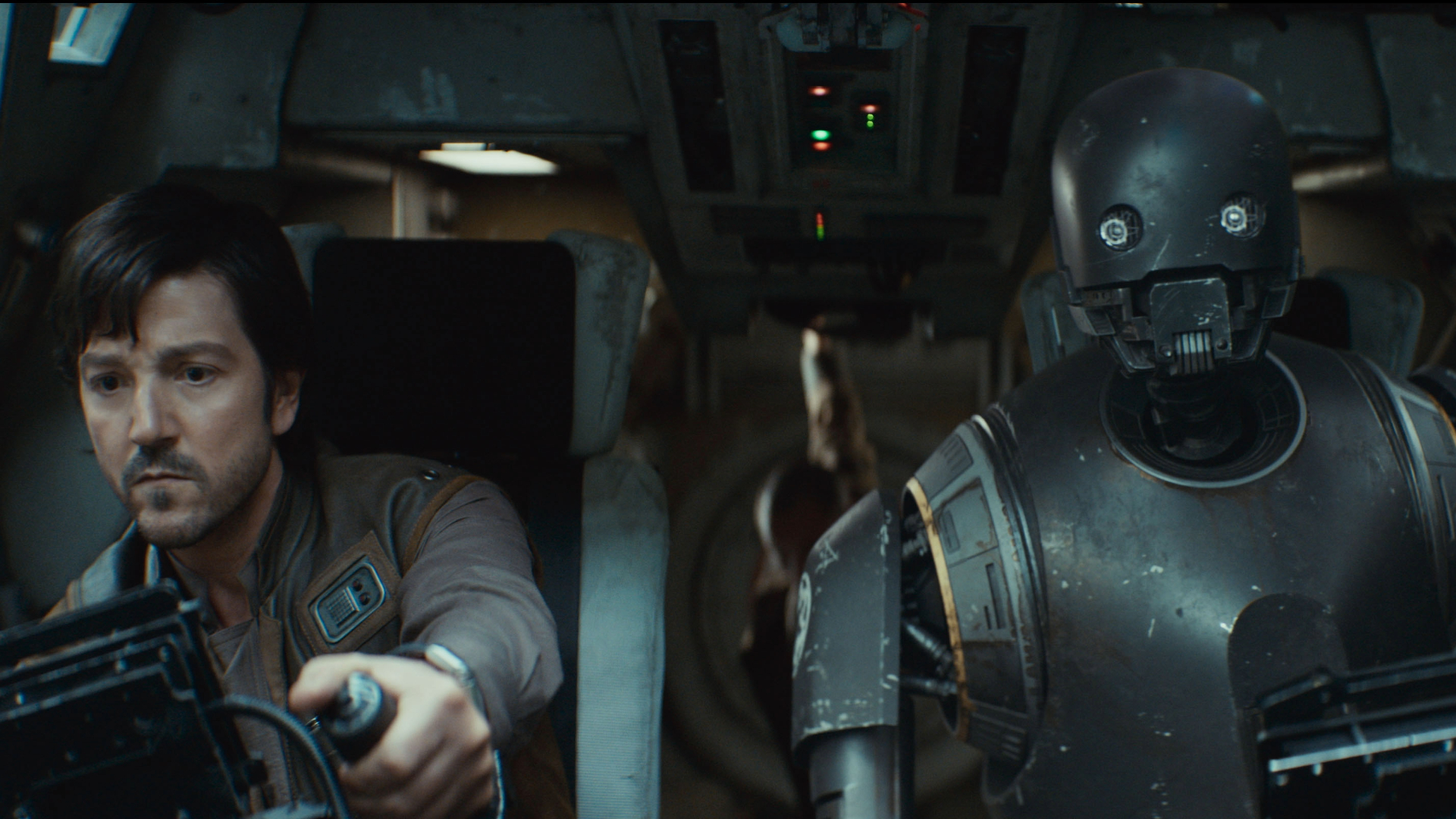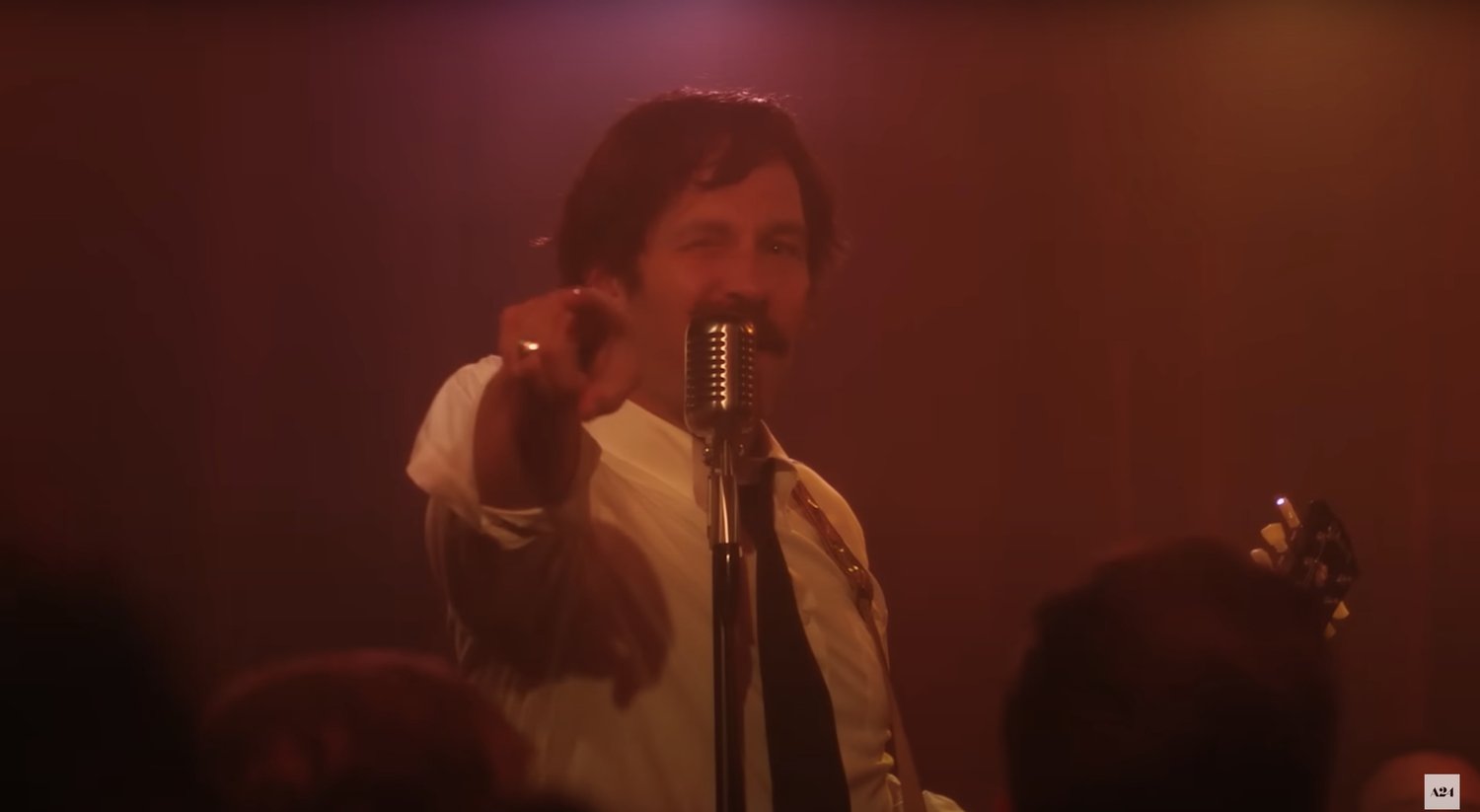Explosive Action Carries “DOOM: The Dark Ages” Even as New Ideas Falter
A review of the new DOOM game from someone who has been playing this series for three decades.
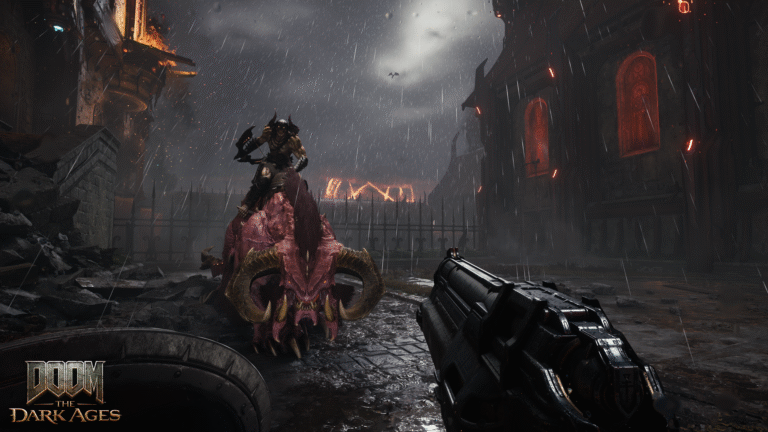
“DOOM” and I go way back (and I’m not talking about the 2005 movie that Roger notoriously hated). I’m old enough, young readers, to fondly remember the early days of this franchise, playing the original “DOOM” and “DOOM II: Hell on Earth” on a PC in my dorm room, skipping classes that I really should have attended. These games felt like a bolt of lightning. Wait, I can play a shooter against one my roommates on a PC in the other room? Why would I do anything else? And then the mod world exploded our brains even further, turning players into collaborators and creators. In the ‘90s, “DOOM” was everywhere, even landing on the Nintendo 64 in 1997’s “DOOM 64.” There would be dozens of “DOOM” clones over the decades to follow but few of them rose to the level of the true chaos of the DOOM Slayer.
After some misfires and production issues after the third main game, “DOOM” went relatively dormant for a generation but resurfaced in 2016’s excellent reboot “DOOM,” followed by the also-fun “DOOM Eternal” in 2020. These modern games understood what players love about this series with their nonstop intensity and, most of all, continuously evolving loadout of superpowered weapons. After all, it’s a series that canonized a weapon called the BFG (or “Big Fucking Gun.”) These games are about rending limbs from demons if you’re not setting them on fire or tearing them apart with your bare hands. They’re heavy metal album covers come to life, crossed with the intensity of an ‘80s action movie that was never made. We don’t come to them for subtlety or plotting; we come to them to destroy.
On that level, “Doom: The Dark Ages” works. Some fans will be startled by the combat differences, primarily the use of a shield to parry and destroy, and the game has a few other new mechanics, but this is largely the same old “Doom” in that it’s overriding aesthetic is Destruction.
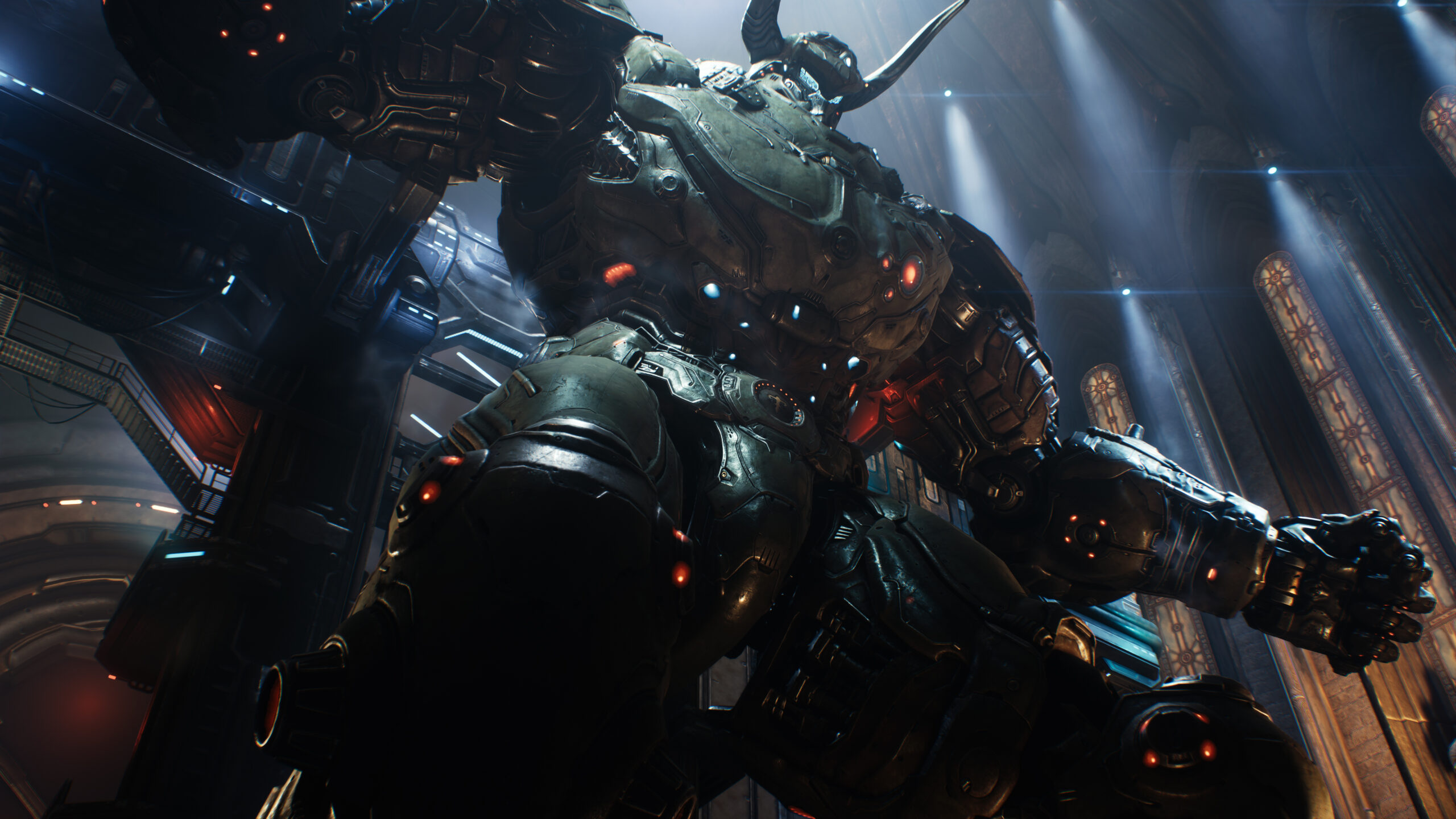
“DOOM: The Dark Ages” is a prequel to the 2016 game, attempting to tell the origin story for the DOOM Slayer, although the hope that this game would enhance the medieval imagery of the franchise is a bit unfulfilled. Yes, there are dragons, believe it or not, but it looks mostly like the “DOOM” you know and love with images of demons and Hell that have become iconic in the series (like those damned fire skulls) mixed with a few new enemies. While the gameplay changes might startle a few diehard fans, I was actually hoping for more surprises in the actual design of the game. Despite having some open-world aspects that change up the traditional linear design of previous “DOOM” games, “The Dark Ages” doesn’t do much with its settings at all, and they feel increasingly similar as the game progresses.
The bad news is that the storytelling is similarly shrug-inducing. An origin story for the DOOM Slayer sounds neat but the cut scenes aren’t engaging and there’s almost no in-game narrative. The core narrative conceit here is the “rise of a champion,” telling the story of how the DOOM Slayer became the badass in “DOOM,” but it’s never really interesting in that he’s meant to be a silent killing machine. We don’t want a lot of character development in a “DOOM” game, which is not to say this one should be completely forgiven for not doing more around the Slayer. There are cool touches like the waves of soldiers you can spot in the environment that give you the sense you’re in a war more than just a one-man wrecking ball, but how the DOOM Slayer became the DOOM Slayer is basically just by being a one-man wave of destruction. And that’s about all you need to know.
How you destroy this time is where “DOOM: The Dark Ages” shifts the franchise. The biggest change is the Shield Saw, a weapon you carry in your left hand for all of the base FPS missions—the bulk of the game. You can use it to block, parry, and even throw it at enemies to stun them. You’ll also need it to solve puzzles. Some early hands-on reports seemed startled by the Shield Saw, but I adapted to it quickly. It feels very much of a piece with “DOOM” history. Yes, the strategy of parrying feels a tiny bit antithetical to a game with a BFG, but the mechanic of it works consistently and often inventively. A lot of the other base gameplay is the same, including how different combat strategies produce different resources like health and ammo, and how stunned enemies can allow the player to initiate a special move to gain more of the same.
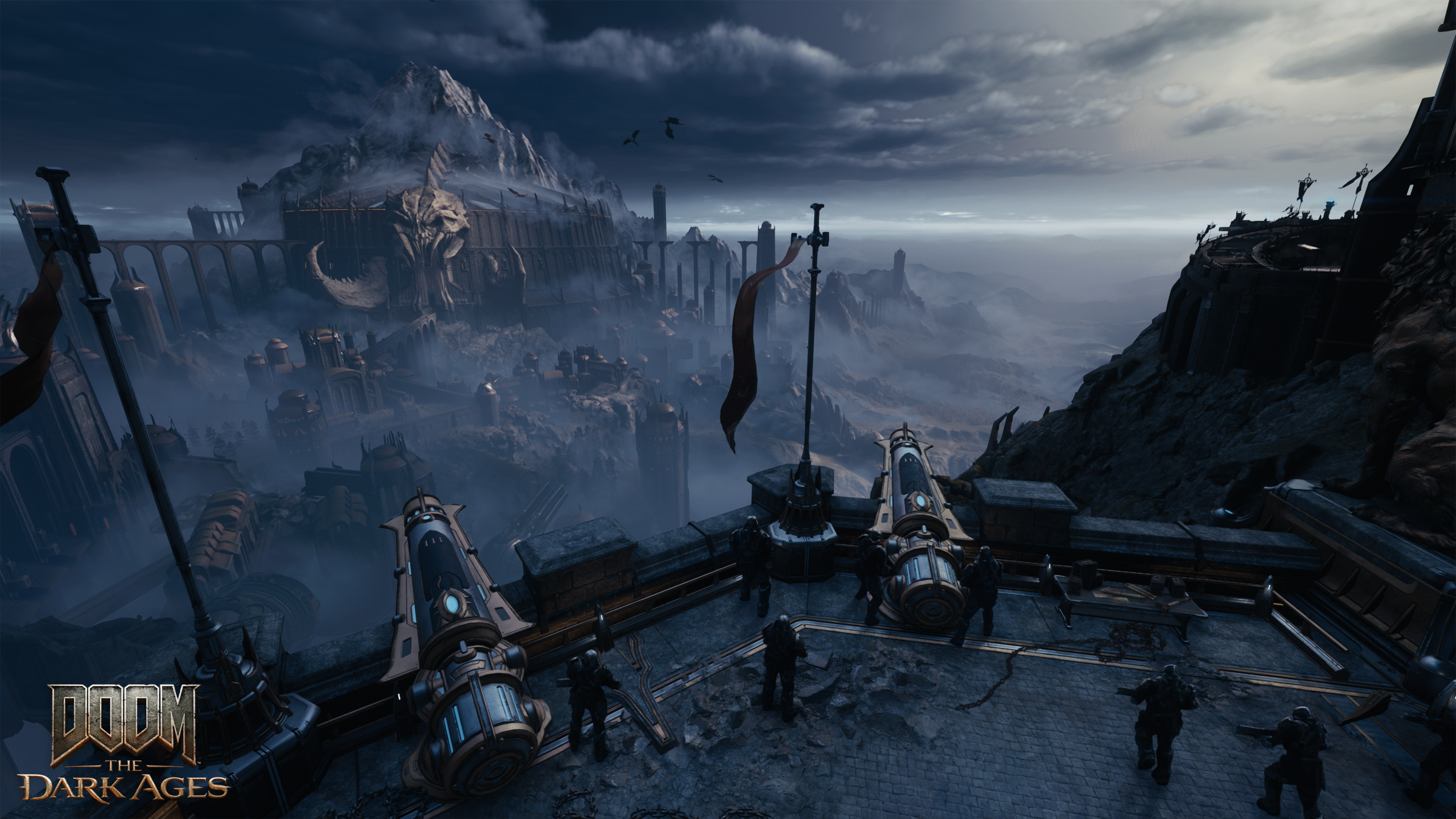
Perhaps the most important thing to the success of “DOOM: The Dark Ages” in terms of pure gameplay enjoyment is the arsenal and it rocks here. Of course, there are classic weapons like the Super Shotgun, but there are a ton of new ways to impose your will on the creatures of Hell, including some excellent mechanics that kick in with perfect parries—my favorite being a turret that sprouted out of my back to help mow down baddies. Switching weapons via a wheel can feel a bit clunky, but the actual shooting of “DTDA” is what makes it so addictive.
The tricky thing about “DOOM: The Dark Ages” is that it’s easy to respect where the game tries new things, including levels in which you ride aboard a Mecha Dragon or control a gigantic Atlan mech, but what truly works about the title is what comes closes to replicating that feeling from three decades ago. Is that because the new stuff—shield/parry, open-world objectives, prequel story—isn’t done well? Should they not have tried to rewrite what “DOOM” does or done it better? In the end, so much of what I loved about “DOOM” is in “The Dark Ages” that it feels cynical to point at where it falls short of its potential. Can a game be truly enjoyable and a disappointment at the same time? Welcome to Hell, Doom Slayer.
The Publisher provided a review copy of this title. It will be released on Xbox, PC, and PS5 on May 15th.














![Ditching a Microsoft Job to Enter Startup Purgatory with Lonewolf Engineer Sam Crombie [Podcast #171]](https://cdn.hashnode.com/res/hashnode/image/upload/v1746753508177/0cd57f66-fdb0-4972-b285-1443a7db39fc.png?#)









